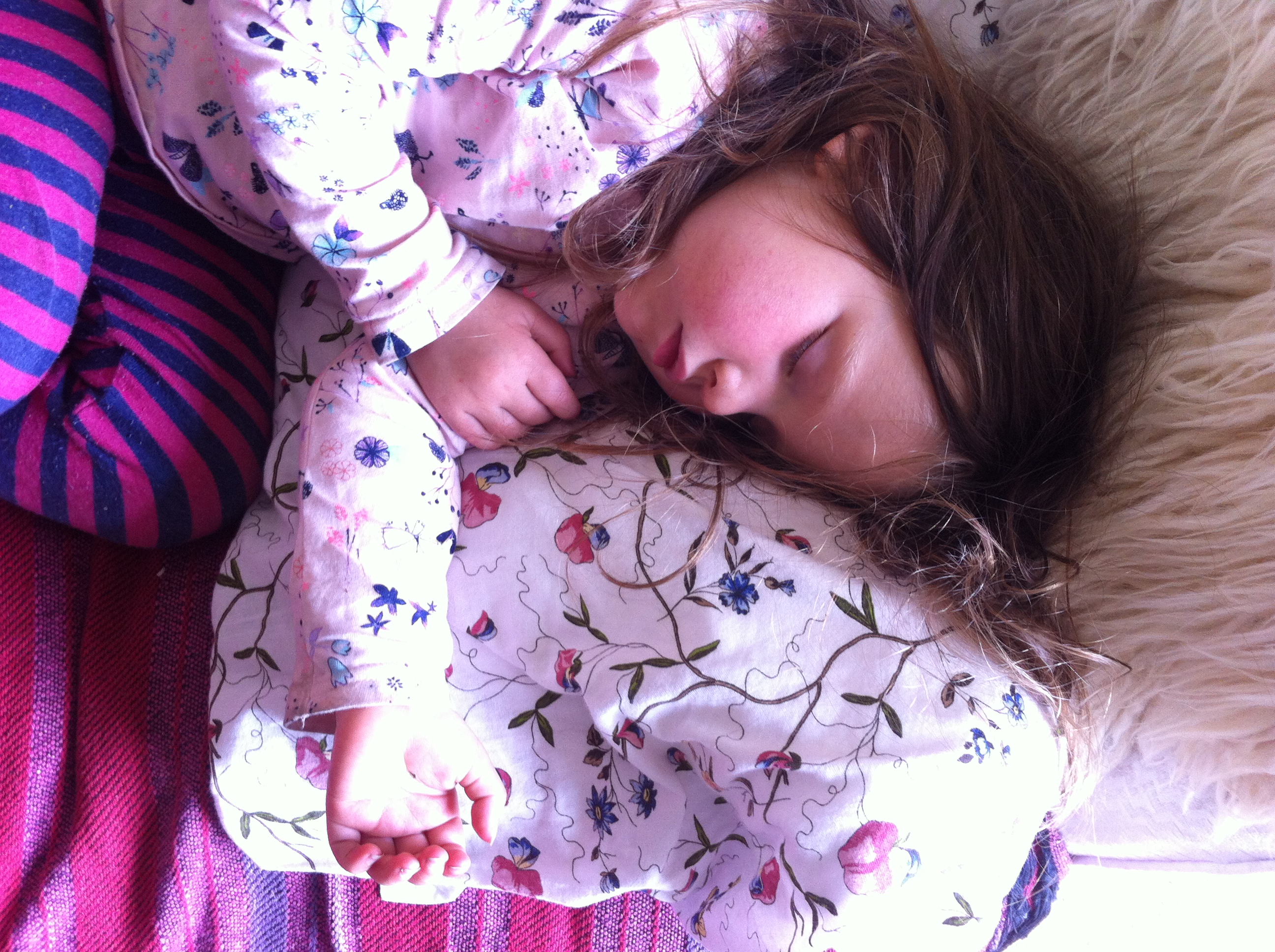I see you mama.
You waking multiple times in the night to lie contorted, feeding your babe. You dragged from a puddle of dribble each morning when your child wakes much earlier than you are ready for. You watching the minutes tick over painfully slowly, while you await naptime and a chance to lie down again. You spending hours each evening lying with your children as they go to sleep. I see you. And I know how hard it is.
I’ve been there.
So overwhelmed by exhaustion that it was all I could talk about. I can remember feeling like I was wishing away the time with my baby while simultaneously grieving for the lost moments. Lethargic, reaching for sugar and caffeine to fuel my day, I felt resentful of my partner, who did not have to breastfeed throughout the night. I don’t remember how often he fed, as we were cosleeping and it all blurred into one, but I know it was too much for me to feel rested by the morning.
When I had my second baby, I had an instinct to withdraw the nipple when I knew she’d had enough milk, so she didn’t fall asleep with it in her mouth. She would squirm, eyes closed and cry for a few seconds, then roll over and go to sleep next to me. I always felt slightly guilty about that little cry, interpreting that she was protesting against me taking away something she wanted. What I now understand is that she was releasing emotion with those cries. Perhaps fears about me withdrawing from her and the pending separation of sleep. And I can differentiate between her expressing the feelings brought up by my small move away from her rather than an actual request to fix a need (she was already fed and I was right there next to her so the separation was projected rather than real). What a gift we can offer our children by welcoming their emotions without having to fix or distract from them. We are showing them that we and they can handle feelings! That emotion comes and goes and (unlike genuine needs) doesn’t need to be fixed, just heard.
The Hand in Hand thought behind sleep is that just as children are naturally easy going, co-operative, flexible and kind, they also naturally sleep well. When children’s behaviour deviates from this description, it signals a need for connection and perhaps to offload some feelings that are getting in the way. Night time can be a scary time; it gets dark and whether children sleep next to you or not, sleep is a form of separation from you. It is common for the fears that our children hold to be activated at night and sometimes these can prevent them from falling into relaxed, deep sleep. This will show up as hyperactivity/reluctance to come to bed, resisting falling asleep, short naps, waking frequently, wanting to feed frequently, restless sleep, night terrors, bedwetting and early waking.
It is wonderful to see how connection and play based tools can be used to alleviate these tensions so that babies and children can rest well… and so can we! The work of parenting is non-stop, emotional and skillful work. It is so hard to do this well while running on empty.
I’d love you to know, mama, that there might be another way.
That you don’t need to endure the desperate sleep deprivation. I wish these tools were more widespread and one day I know they will be.
3 simple tools
Three simple tools you can use right now in your family to improve sleep:
- Listen to your baby/child when feelings come up during the day rather than shushing/distracting or fixing. Just stay close, make eye contact and listen while they cry in your arms or close by. Don’t leave them on their own. We call this Staylistening.
- Try some rough and tumble play before bed; pillow fighting, wrestling, horsey rides or tossing your child onto a pile of cushions are all fun, just make sure they get to win/be in charge. Contrary to popular belief you don’t need to worry about getting them ‘all stirred up before bed’, playing this way relieves tension and builds a closeness that will help them feel more connected as they navigate the separation of sleep.
- Try injecting some play into the bedtime routine. If your child often resists brushing their teeth, pretend you’ve forgotten what a toothbrush is for and let them giggle as you try brushing their ear, nose, knee and then let them take the powerful role as they show you what it’s really for and how to brush their teeth. We call this Playlistening.
For more in depth info on how you use these tools, including the neuroscience behind this approach as well as how to help your child release the fears that interrupt their sleep, come to my Sleep Workshop on Nov 19th 2015. We’ll also cover things like how to night wean or move your child to their own bed if that is something you need to do. This is a non prescriptive approach that is moulded around your family according to your individual needs and choices.

Leave a Reply